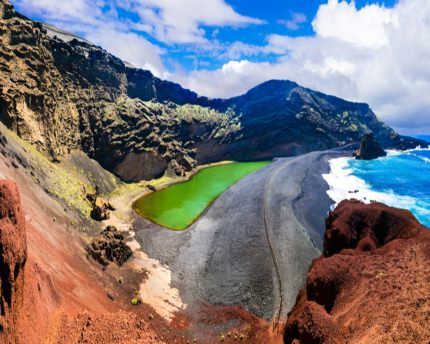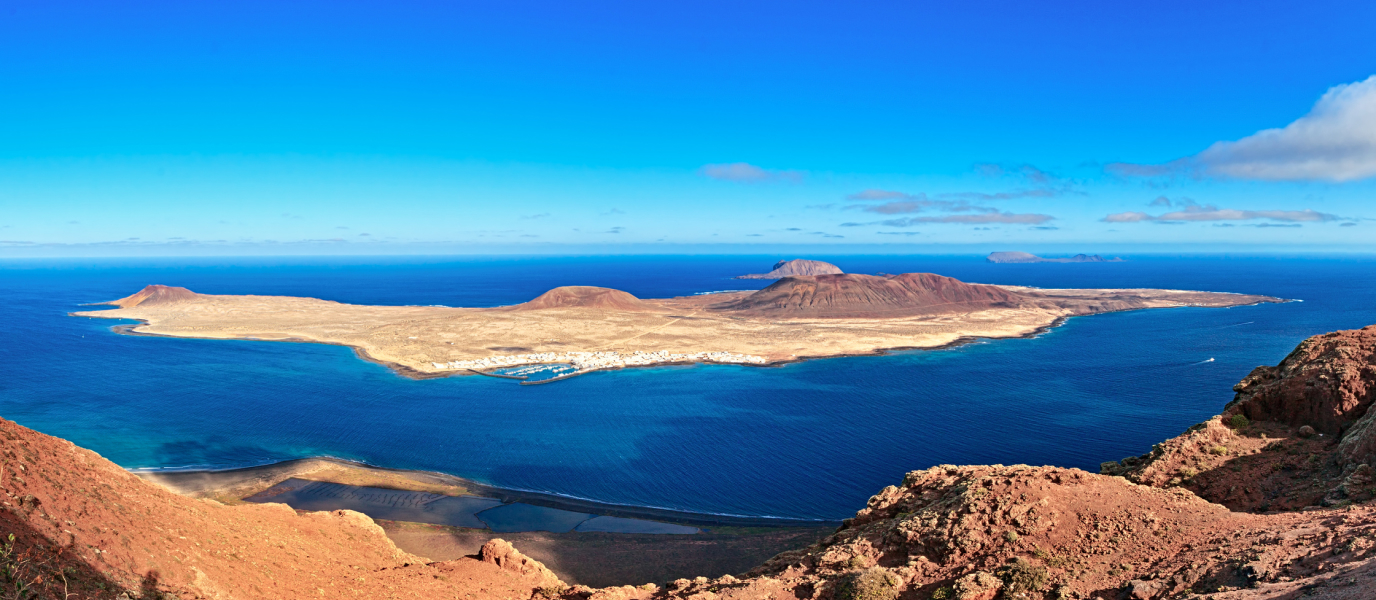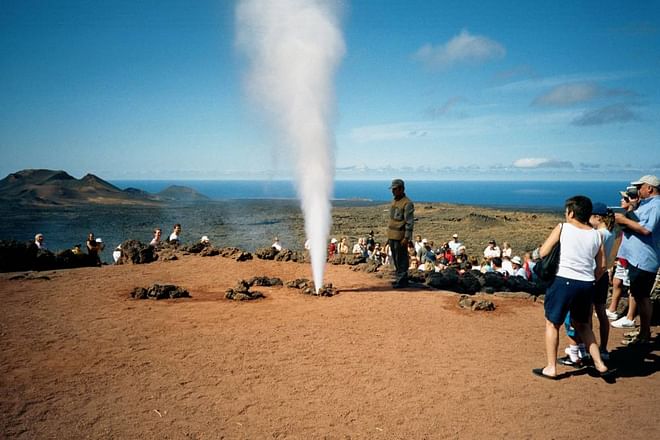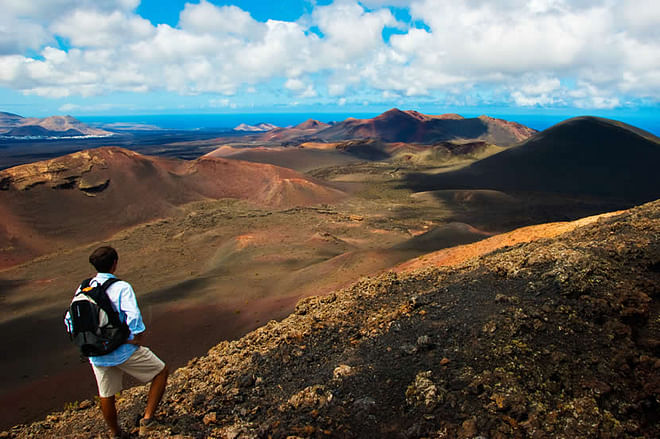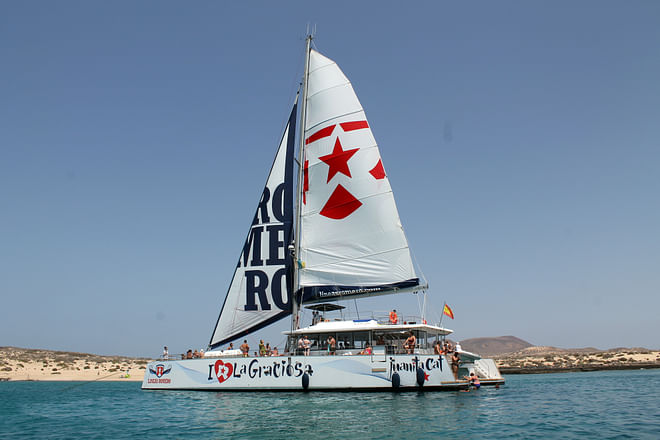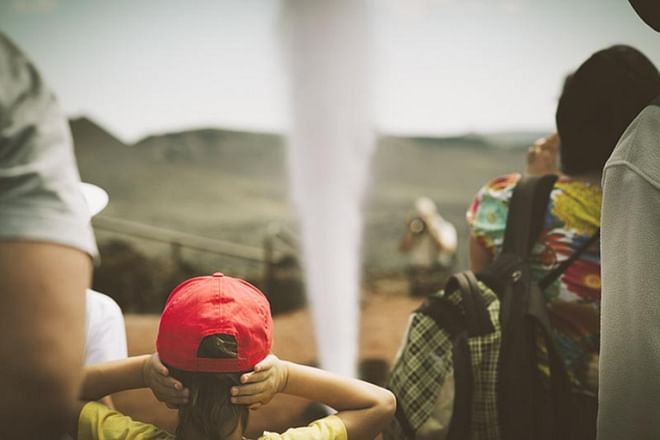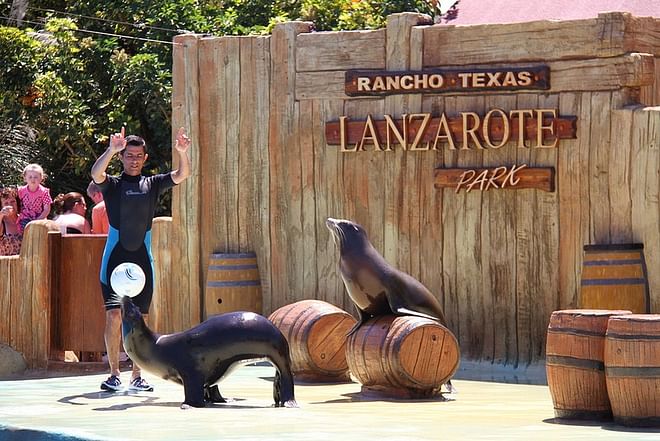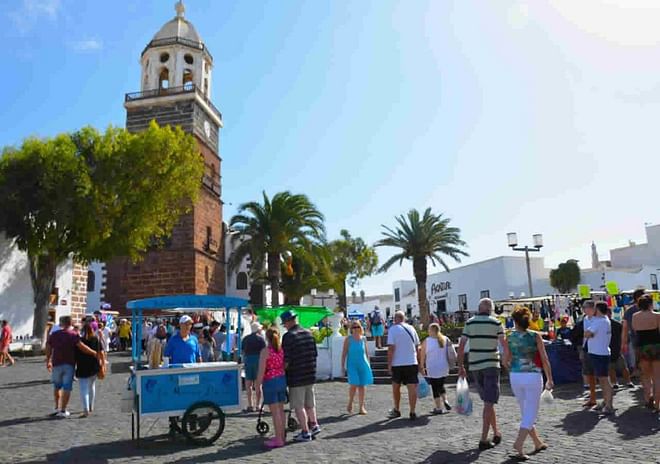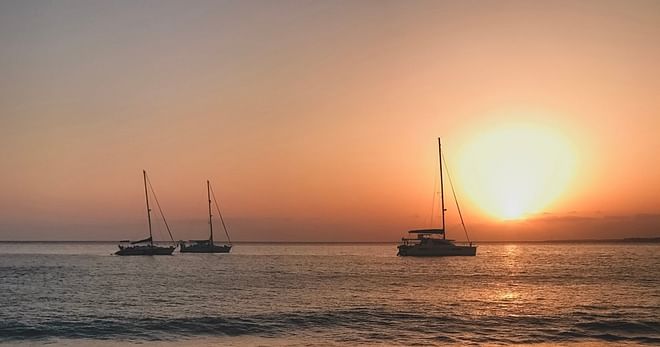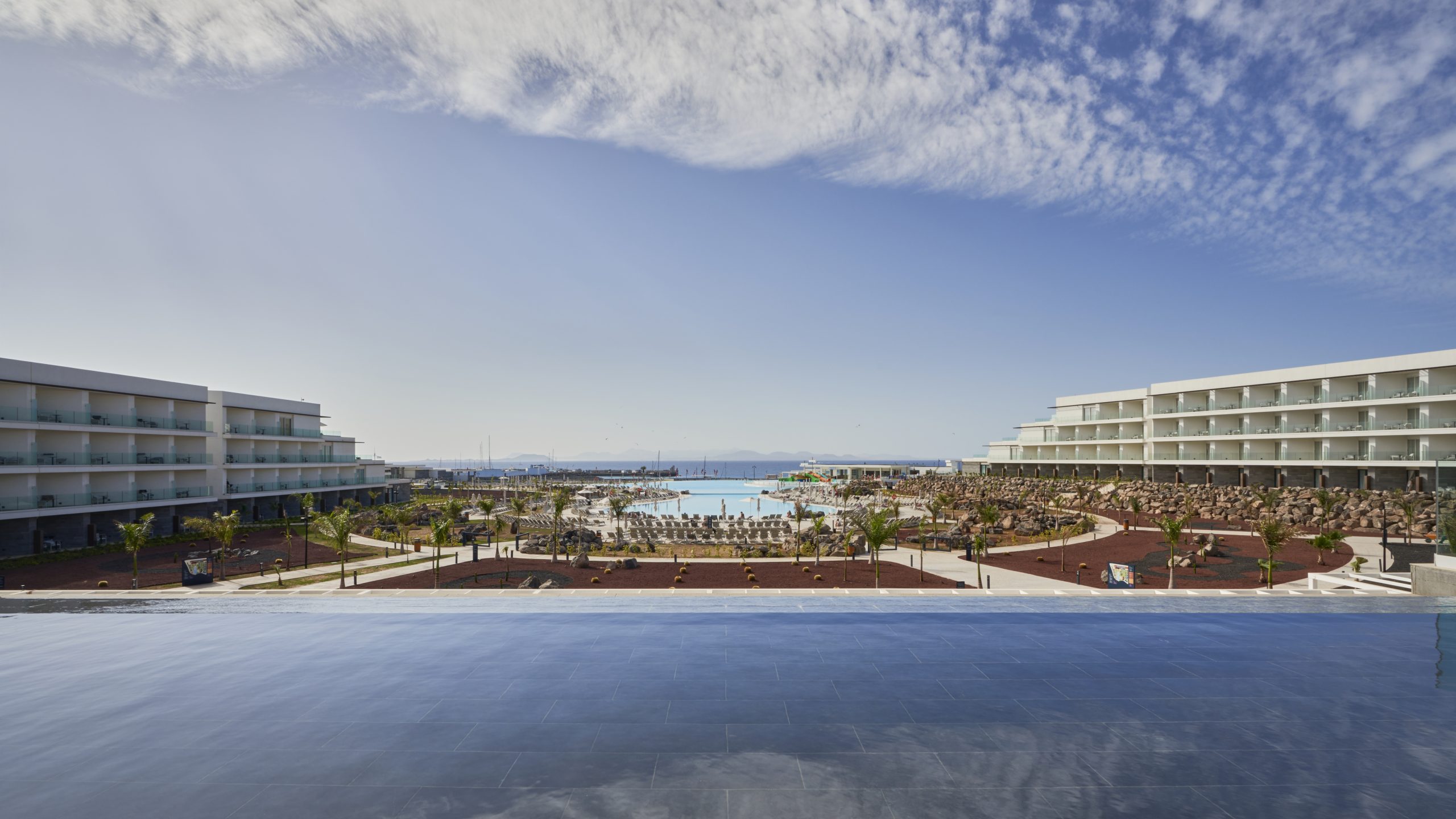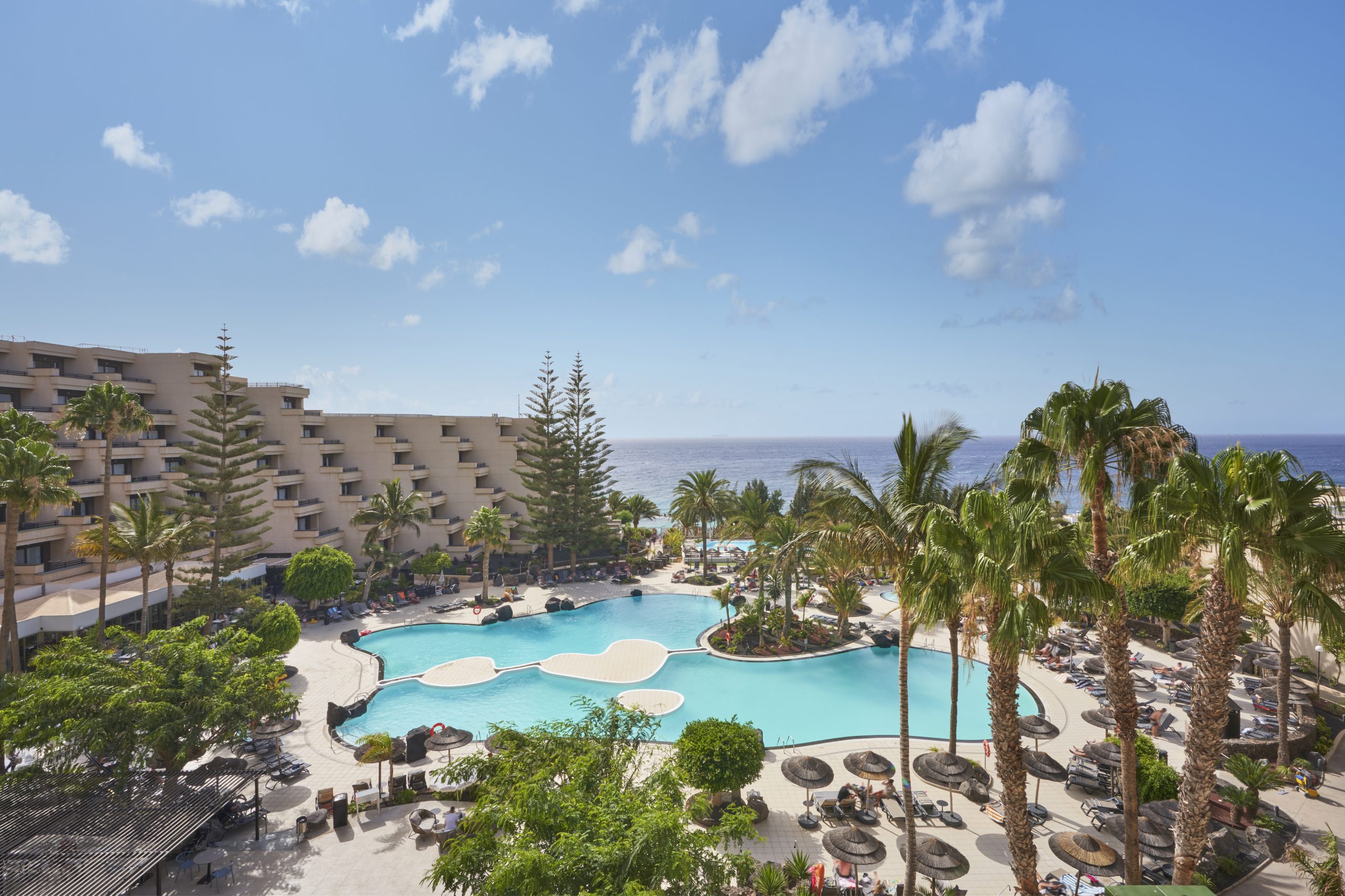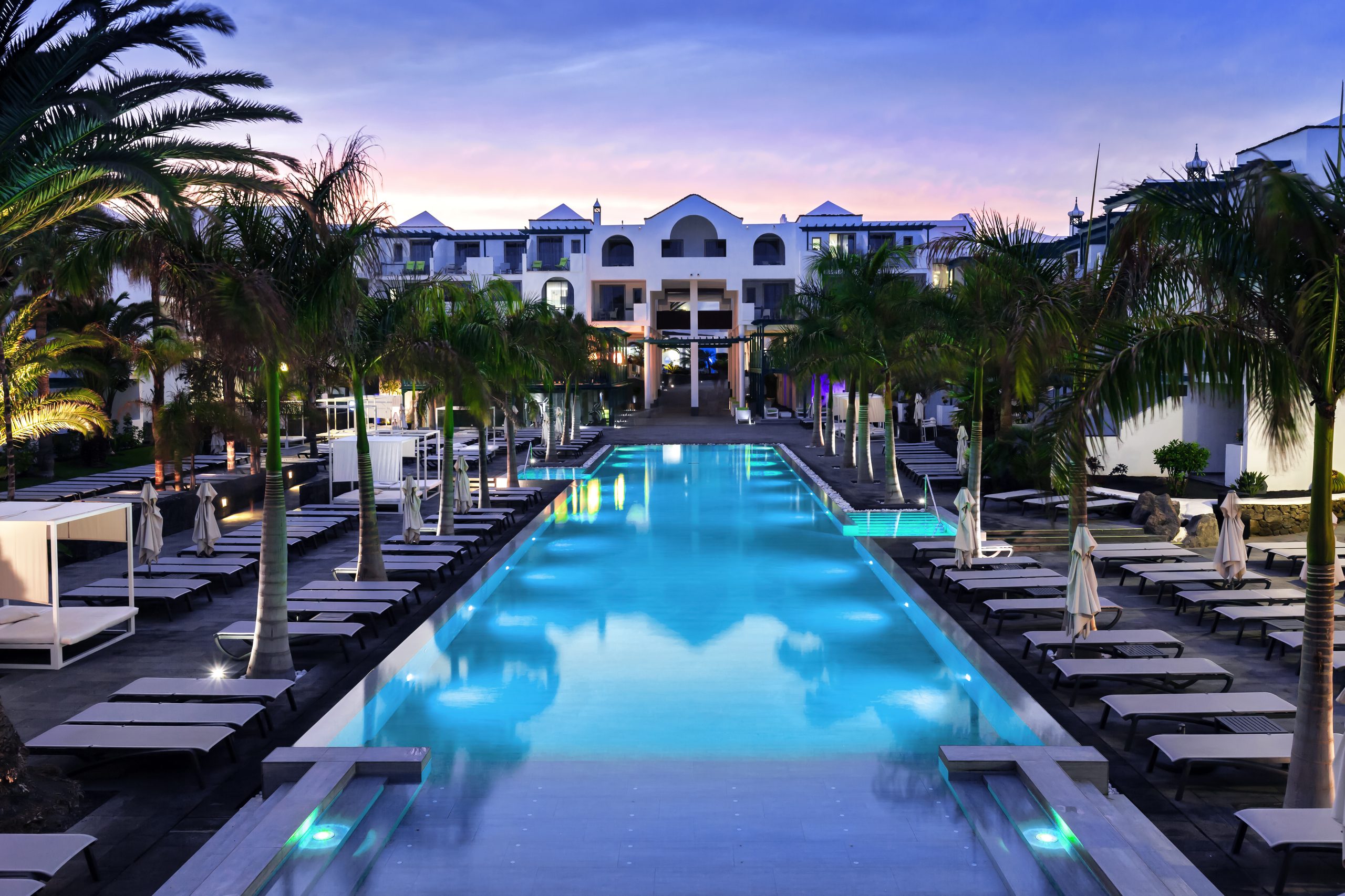Strategically located in the heart of the island, San Bartolomé stands as a true crossroads since it is a short distance from just about anywhere in Lanzarote. Playa Honda, the largest residential area on the island, falls within its city limits, and Lanzarote airport is only eight kilometres away. Today we will tell you all about San Bartolomé’s virtues as we invite you to visit four of its top spots. Are you ready?
The Monumento al Campesino farmer’s memorial and the Fecundidad sculpture
When people first arrive in Lanzarote, they will quickly discover that the mark of the island’s most famous artist, César Manrique, will follow them everywhere. This, however, should be no surprise since Manrique played a key role in the island’s progression, and it would be difficult to imagine Lanzarote without his existence.
The Monumento al Campesino farmer’s memorial is a set of buildings designed by César Manrique as a public tribute to the men and women for their dedication to making this land agriculturally suitable in extremely adverse conditions. This region poses great challenges for agricultural production, due primarily to the strong volcanic activity in past centuries. Despite this, local farmers have worked hard to create quality products, such as their famous wines.
The set of buildings are arranged around a main square, and they are all inspired by local construction traditions. However, Manrique avoided using a specific building model as a reference, instead opting to combine several different types to represent the island as a whole. As a result, the Monumento al Campesino is home to a wide array of features, such as courtyards, water tanks and chimneys.
His interest in the island’s most traditional architectural methods is no secret. In fact, Manrique very much understood that these were identifying symbols of his homeland. The clearest example of this idea can be found in the book he published in 1972, Lanzarote, arquitectura inédita, which contains a comprehensive list of traditional island edifications.
As in most of Manrique’s creations, the Monumento al Campesino—despite being a set of buildings—reflects a plastic concept similar to other art forms, such as sculpture or paintings, creating a tremendous level of beauty. As a result, the bright white walls and bold green touches on wooden features stand out in this monument. Another element that his Lanzarote creations share is the strong use of plants and volcanic rock, and in this case, the latter can be found along the stairs and in the tunnel leading to the restaurant.
The museum areas at Monumento al Campesino help maintain its intangible heritage—referring to the island’s past way of life—and keep it intact over time. Visitors are able to view ancient work tools and understand, for example, how baskets and fabrics were made in the past. This institution also organizes activities aimed at preserving the island’s folklore in addition to workshops on traditional artisanal techniques.
Shifting gears, the Fecundidad [Fertility] sculpture stands out for its impressive size—it stands 15 metres tall—and vanguard appearance. The piece was designed by César Manrique and built by Jesús Soto, a local artist who worked closely with Manrique. This partnership resulted in iconic creations for the volcanic island, including Mirador del Río viewpoint, Jardín de Cactus garden and Lagomar House Museum.
Making the sculpture was anything but simple, primarily because of a factor that is present on many small islands: strong winds. On the other hand, the artists used unusual sculpture materials: water tanks from ships in addition to iron and concrete objects. The result was a spectacular human shape riding on a pack animal, and both of them mounted on a rock formation known as La Peña de Tajaste.
What else to see in San Bartolomé
Three additional interesting stops still await in San Bartolomé:
- Church of San Bartolomé. This 18th century temple designed by Francisco Tomás Guerra Clavijo, better known as Mayor Guerra, is a short distance from the former site of an ancient chapel. It stands out for the elegant yet simple façade that highlights the arch over the main entrance—reached by a short stairway—and the tower, which was completed in the 19th century. Following the shape of a Latin cross, the church has a single nave covered by a gabled roof, except for the area above the high altar, which has a hipped roof.
- El Grifo Wine Museum. An example of how Lanzarote’s residents have learned how to make the most of their land is El Grifo wine, which dates back to 1775 in the oldest winery on the Canary Islands. In this museum located less than 10 minutes by car from the San Bartolomé town centre, visitors can learn about the wine making process using the original techniques and machinery. It also boasts an impressive oenology library with more than 5,000 titles.
- Tanit Ethnographic Museum. Closely aligned with the purpose of the Monumento al Campesino House Museum, Tanit Museum aims to preserve and share the island’s ethnographic heritage. It offers a journey through the local customs, starting with the Majos—Lanzarote’s first residents—and ending in the first half of the 20th century.
As you can see, San Bartolomé is a short distance from Arrecife and it has a number of monuments and museums that will help you gain a better understanding of this volcanic island.

























































